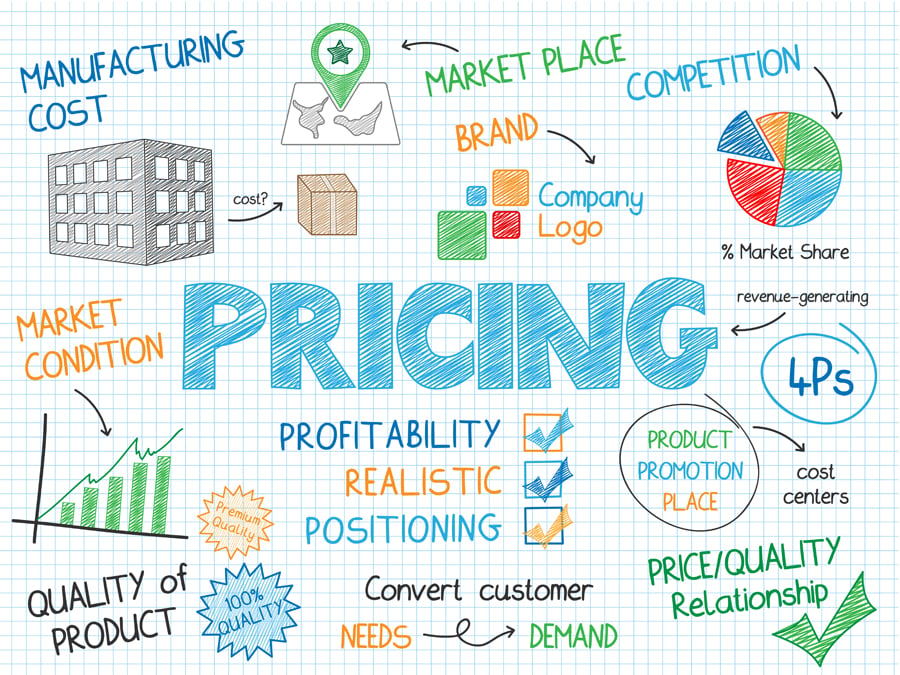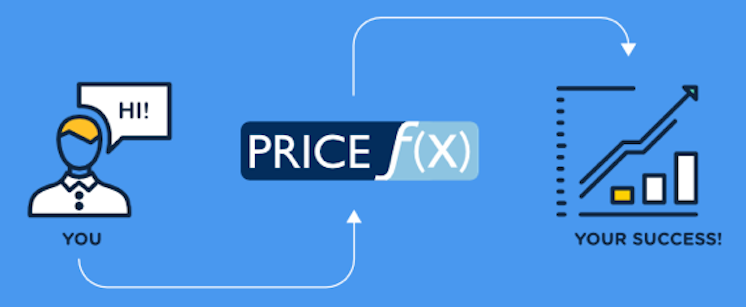Dynamic data-based pricing is currently the fastest growing segment of data and analytics for good reasons. It's easy to set up and there are many great custom software available. The toughest phase in pricing is usually to get a “start” decision in different projects.
The technical setup of the pricing software at Pricefx is a fairly straightforward project, which means that the SaaS service can be deployed at its best in less than a month and return of investment may be less than a month. Of course, this requires a clear pricing strategy and professional project implementation.

Almost all companies have a pricing strategy in place to set price lists. So why do companies still have huge pricing errors and are constantly selling their products with too low margins? This is about data and processes. Pricing is often very complicated math and the seller is constantly under pressure to bid. In order to win the offer, the seller is often guilty of offering excessive discounts. Another big challenge is that the deal was initially good, but the customer company’s situation and exchange rate changes have changed along time, and therefore messed the fixed deal, and no one has even noticed to renew the pricing of the deal.
Register Now to Pricing Event 23rd Oct
Most companies do not yet use their data to manage pricing, which gives sellers great freedom to bid on their products on a per-offer basis. This has often led to a chaotic situation where the same product has completely different prices, often even within the same customer base. The margins may fluctuate wildly so that the cheapest products have been sold at a loss.
The first step is to build visibility into current pricing with analytics and create rules for pricing. Proper software makes it easy to build rules with discipline. The software will build a rule machine that will calculate the prices on the fly. Unlike humans, today's cloud services have no problem managing hundreds of millions of price points.
 Here I present a simple but effective model to control pricing with a few basic rules.
Here I present a simple but effective model to control pricing with a few basic rules.
Rule 1: Sales price:
Selling Price = Purchase Price x VAT x Margin
The coverage ratio is the required minimum margin for the product. There may be 1.1 time or it can be 2 times significant business growth, from your competitive situation and many other factors, but in these simple situations, companies have consistently raised their operating profit by 2-3%. Generally, at this stage you should not set the Margin Coefficient too low, as the continuation rules typically take the Margin Coefficient down.
Rule 2: Customer Segmentation
Rule 2 is tied to statute 3. Finance companies must lower their business contracts, but keep changing when the compensation is made (lost coverage) or at low prices. That's why rule 2 is customer segmentation. Typically, the best customers have agreed discounts. Existing systems are capable of being staircases (one segment) created for each user. In the initial stages, it is usually worth dividing the discounts into clear 3-5 steps as this is understandable and easy to explain to both buyers and sellers. The new customer enters either the lower segment or, in larger cases, is settled, the customer starts from the upper step.
Each customer's segment is reviewed on a regular basis (up to a month and a year) up or down unfortunately for historical purchase. Alternatively, the customer will reach a new level each time they reach the purchase threshold during the review period.
Rule 3: Price staging
Rule 3 is, then, to take into account the customer price per step.
Customer Price = Sales Price x Customer Discount
This automatically takes into account the volume discounts for big customers, so that they stay satisfied with their purchases and don't tend to bid for lower prices. Also, fading customer prices need to be re-upped if they are no longer eligible for volume discounts.
Rule 4: Exchange rates.
It is best for a seller to be able to enter into contracts at Euro prices, but many buyers in international trade want prices in their own currency. In this case, it is worth leaving the pricing machine to monitor currency changes. They are able to dynamically retrieve exchange rates. Exchange rates allow you to build a dynamic rule that systematically updates prices according to your business. Currencies are typically viewed monthly, but in some industries, prices may be changed every ten minutes. The rule machine can also be tuned more sensitively in countries where there is a known political risk (such as a possible hard Brexit in the UK).
These four rules can be used to create a fairly simple models for triggering data-driven pricing. Its benefits are enormous, and through its built-in model, both the organization and its customers are quickly and transparently guided into the basics of dynamic rule-based pricing and the company margins are immediately up.
When you think that a company can have 25,000 products on sale and if it operates in five markets and five customer segments, then the company has
25,000 x 5 x 5 = 625,000 different price points to maintain.
If you are interested in hearing about how your company can transition to data-driven pricing, register now to our Pricing event on 23rd of Oct:






